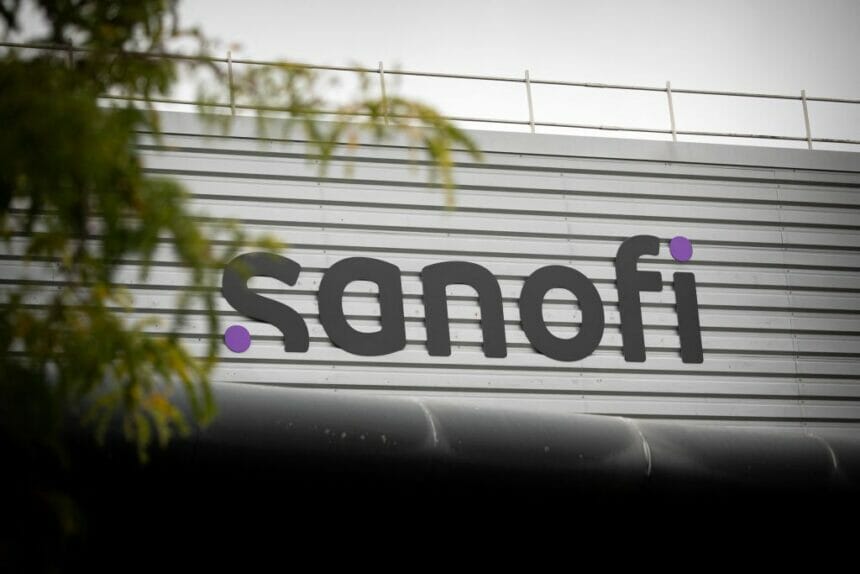Sanofi’s pipeline contains a dozen opportunities with “blockbuster” potential, its CEO Paul Hudson says, if only investors have the stomach to see the company’s research and development bear fruit.
During its R&D day Thursday, the French drugmaker laid out 12 clinical-stage assets it labeled as “blockbuster” prospects. They include nine innovative medicines and vaccines with peak sales potential between €2 and €5 billion, plus a trio of “pipeline-in-a-product” compounds with revenue capable of reaching over €5 billion.
“We are making decisive choices to deliver breakthrough medicines and long-term value for all of our stakeholders,” Hudson said in a statement.
Those choices included not only raising its budget for testing immunology and neuro-inflammation agents. The company reportedly withdrew 2025 margin goals, which led to a stock selloff in October. Earlier this year, the firm saw the departure of former global head of R&D, John Reed.
“Today we show how our decision to strategically increase our focus on R&D will unlock our pipeline’s full potential as we prioritize potential first- or best-in-class assets to deliver innovative medicines to patients,” added Houman Ashrafian, the company’s head of R&D, in the statement.
Those assets range from treatments for multiple sclerosis (tolebrutinib), asthma (lunsekimig, rilzabrutinib) and inflammatory bowel disease (anti-TL1A) to atopic dermatitis (IRAK4 degrader) and COPD (itepekimab). Additional candidates include vaccines against acne, extraintestinal pathogenic E. coli, and RSV in older adults.
Rounding out the dozen are a trio of multi-indication compounds whose revenue, Sanofi says, is capable of reaching over €5 billion by addressing unmet needs in markets with low penetration: amlitelimab in Phase 2b for atopic dermatitis, frexalimab in Phase 2 for MS, and SAR441566 (an oral TNF) in Phase 1 for rheumatoid arthritis.
The drugmaker promised to deliver a 50% increase in Phase 3 trials over the next two years as well as more than two dozen mid- to late-stage read-outs over that span. That would mark a higher output for a company whose R&D budget – 15.6% of sales – has lagged below the sector average.
The strength of the pipeline should add over €10 billion to annual sales by 2030, the company said. The current product portfolio includes ongoing launch of mega-blockbuster anti-inflammatory drug Dupixent, as well as recently launched products Altuviiio for hemophilia, RSV shot Beyfortus and type 1 diabetes drug Tzield. But the drugmaker halted development of oncology agent amcenestrant last year, a setback to its commercial aspirations in breast cancer.
Management are also counting on leveraging artificial intelligence (AI) at scale to inform portfolio decisions. The company said in June that it’s incorporating AI throughout its R&D activities via an app dubbed Plai.
Sanofi was one of multiple drugmakers to release portfolio and pipeline details this week. Johnson & Johnson highlighted more than 10 pharma programs with over $5 billion in peak year sales potential, along with more than 15 assets with prospects of reaching $1 billion to $5 billion in revenue, during its investor day.
AbbVie also made a significant move to expand its CNS pipeline, agreeing to buy drugmaker Cerevel for $8.7 billion. That came a week after it announced a deal to acquire ImmunoGen, maker of antibody-drug conjugates (ADC) for cancer, for $10.1 billion.
This story has been updated to include Sanofi’s newest launches.
To read a January 2024 article on Sanofi naming a head of its specialty care global business unit, click here.
To read a January 2024 article on Sanofi’s acquisition of biotech Inhibrx, click here.







